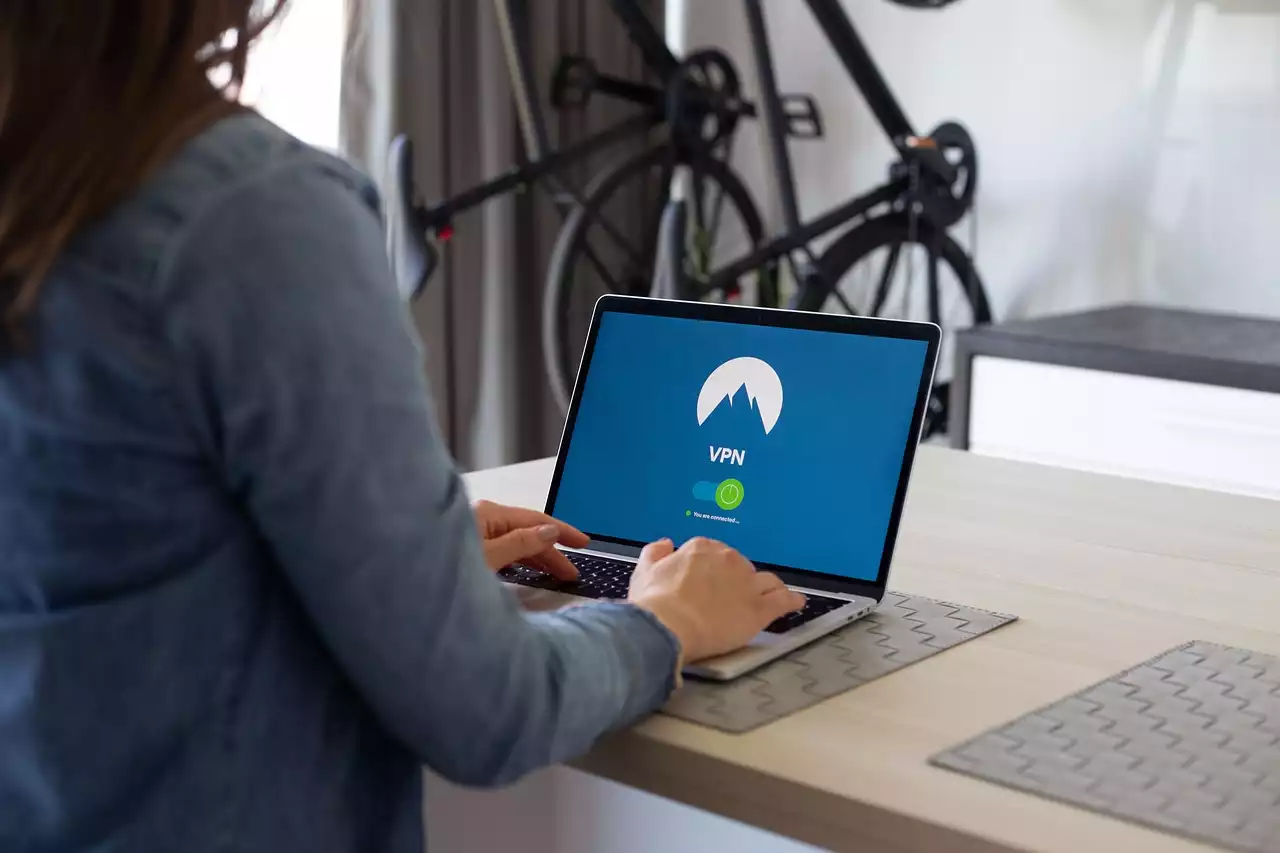What is a smart home platform?
A smart home platform is a single network on which all of your smart devices are connected. The best smart home platforms allow you to control all of your devices from a single app. Every smart home platform has its own unique set of features and functionalities. These features make it easy for you to control and manage your devices with just one app. Different smart home platforms are compatible with different devices and brands. So, it’s important to choose the right platform for your home. This will allow you to fully utilize the capabilities of all your connected devices. A smart home platform is like an operating system for your devices. Just like a computer, these devices are connected to each other and can communicate with each other wirelessly.
Comparison of the best smart home platforms
Let’s take a look at the different smart home platforms available today. We will discuss the unique features that make each platform stand out.
- Google Home - Google Home is a smart speaker device that can help you with everyday tasks. It can set alarms, create shopping lists, read you the news and weather forecasts, provide sports updates, and so much more. It has a built-in Google Assistant that can understand natural language like humans would. You can use “OK Google” command to control your devices, create reminders, and get information.
- Amazon Alexa - Alexa is a voice-controlled smart home device that can do a lot more than Google Home. It can help you with daily tasks like creating shopping lists, setting alarms, reading the news, and more. It has built-in artificial intelligence that can understand your natural language. You can use “Alexa” command to control your devices, create reminders, and get information.
- Apple HomeKit - Apple’s HomeKit is a smart home platform that can integrate with other Apple ecosystem devices like Apple TV, iPad, and iPhone. It has a built-in Home app that can control your smart devices. It also contains a virtual assistant called Siri that can control your home. You can use it to control your smart devices, create reminders, and get information.
- Samsung SmartThings - Samsung’s SmartThings is a smart home platform that can connect to other smart devices from various brands. It has a built-in app that can control your devices and a virtual assistant that can help you with your everyday tasks. You can use it to control your devices, create reminders, and get information.
Unique features of each platform
- Google Home - Google Home can connect to various devices and apps to work as a hub. It can control other devices through IFTTT and has built-in support for Nest. It is compatible with various music streaming services like Spotify, Pandora, and YouTube Music. It also has built-in support for podcasts and Audiobooks. Google Home has a built-in speaker that can play music and sounds. It can also act as an intercom system and can connect to other speakers through Chromecast.
- Amazon Alexa - Amazon Alexa has a wide range of compatible devices including thermostats, light bulbs, doorbells, and more. It can connect to other smart devices through IFTTT. It also has a wide range of third-party skills that you can use with your device. Alexa has a built-in smart home hub that can connect to other devices and let you control your home from anywhere in the world.
- Apple HomeKit - Apple HomeKit works with a wide range of devices and apps. It can connect with other smart homes and has a built-in Home app. This app can control all your smart devices and even other smart home devices from other brands. Apple Home also has a virtual assistant called Siri that can help you with your everyday tasks.
- Samsung SmartThings - Samsung SmartThings has a wide range of compatible third-party devices and apps. It has a built-in app that can control all your devices and has a virtual assistant that can help you with your everyday tasks. SmartThings can connect to other smart home devices and can act as a central hub.
How to choose the right smart home platform
When choosing a smart home platform, it’s important to consider your needs and requirements. You can use this list of considerations as a guide to help you pick the right platform for you. Here is what you should consider:
- Compatibility - Make sure that the smart home platform you choose is compatible with your devices and apps. Different platforms have a wide range of compatibility. So, it’s important to choose one that works with your other devices and apps.
- Device compatibility - Not only is the smart home platform important, but also the device you choose. Make sure that the device you choose is compatible with the smart home platform you want to use.
- Device features - Every device has its own set of features and functionalities. It’s important to choose a device that has the features you want and needs.
- Device cost - The cost of the device is an important factor to consider. You don’t want to spend money on something that doesn’t meet your needs. The good news is that there are many affordable smart devices available these days.
- Customer support - You might encounter some problems while setting up or using your devices. So, it’s important to choose a smart home platform with good customer support.
How to set up your smart home platform
Setting up your smart home platform is easy. You simply have to follow the instructions provided by the manufacturer. Here are a few tips to help you set up your system:
- Make a list of your devices - Before you start setting up your devices, make a list of the devices you have and those you plan to purchase. This will help you keep track of all your devices and know which device goes where.
- Check compatibility - Before you start setting up your devices, make sure that they are compatible with the smart home platform you want to use. This will save you a lot of time and effort as you won’t have to replace your devices later on.
- Connect your devices - Once you have set up your devices, it’s important to connect them to your smart home platform. This will allow you to control them with your favorite devices and apps.










